Home>Gardening & Outdoor>Landscaping Ideas>What Grass Seed To Plant In Winter
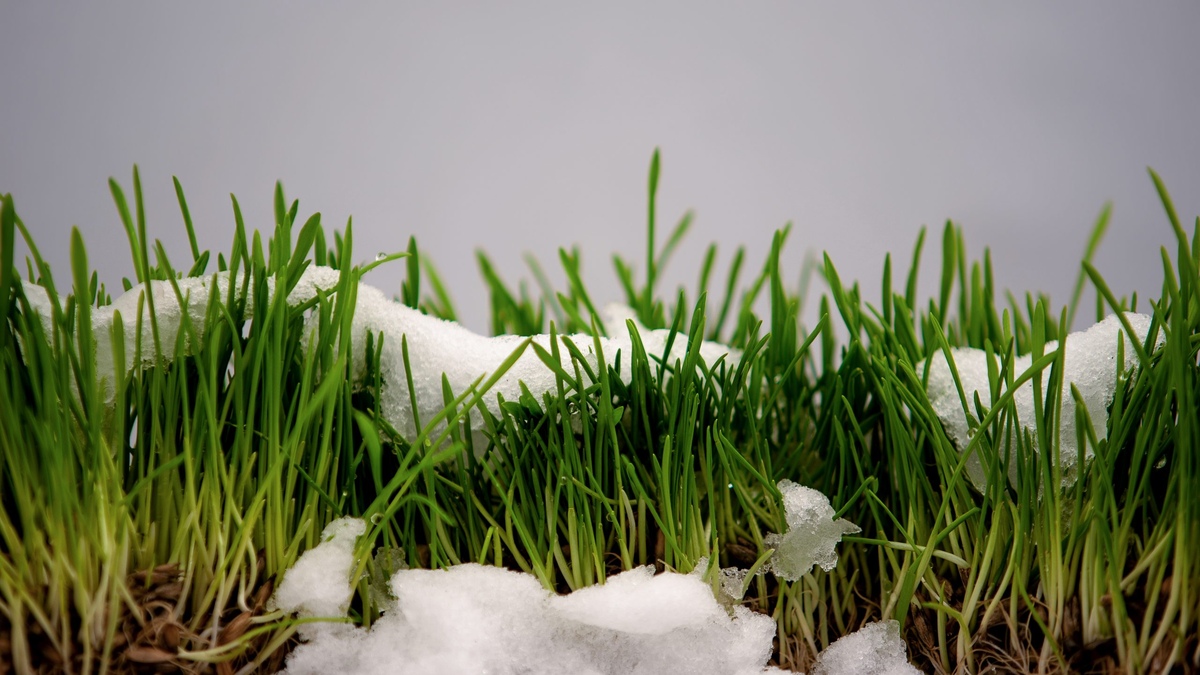

Landscaping Ideas
What Grass Seed To Plant In Winter
Modified: April 22, 2024
Discover the best grass seed for winter planting and enhance your landscaping ideas with our expert tips and recommendations. Achieve a lush and vibrant lawn even in the colder months.
(Many of the links in this article redirect to a specific reviewed product. Your purchase of these products through affiliate links helps to generate commission for Storables.com, at no extra cost. Learn more)
Introduction
Winter is a season of dormancy for many plants, but that doesn't mean your lawn has to look drab and lifeless. In fact, winter can be the perfect time to rejuvenate your lawn by planting the right type of grass seed. Whether you're looking to repair bare patches, improve the overall health of your lawn, or simply enhance its aesthetic appeal, choosing the right grass seed for winter planting is crucial.
As the temperatures drop and daylight hours shorten, it's essential to understand the unique characteristics of winter grass seed and how it differs from seed suited for other seasons. By gaining insight into the best types of grass seed for winter planting and the factors to consider when making your selection, you can ensure a lush, vibrant lawn that will thrive even in the coldest months.
In this comprehensive guide, we'll delve into the world of winter grass seed, exploring the most suitable varieties for winter planting and providing valuable tips to help you achieve a successful and resilient lawn. Whether you're a seasoned gardener or a novice enthusiast, this article will equip you with the knowledge and confidence to make informed decisions when it comes to winter grass seed selection and planting.
So, if you're ready to transform your lawn into a winter wonderland of greenery and vitality, let's embark on this enlightening journey into the realm of winter grass seed.
Key Takeaways:
- Choose winter grass seed like perennial ryegrass or Kentucky bluegrass for a vibrant lawn in colder months. Consider factors like cold tolerance and growth rate for successful planting.
- Prepare the soil, overseed bare patches, and use a seed spreader for optimal winter grass seed planting. Monitor growth and protect from foot traffic for a lush lawn.
Read more: What Plants Germinate In Winter
Understanding Winter Grass Seed
Winter grass seed is specifically formulated to withstand the challenges posed by colder temperatures, reduced sunlight, and potential frost. Unlike grass seed intended for spring or summer planting, winter grass seed is designed to germinate and establish itself in less favorable conditions, ensuring that your lawn remains vibrant and healthy throughout the winter months.
One of the key characteristics of winter grass seed is its ability to germinate at lower temperatures. This resilience allows the seed to take root and begin growing even when the environment is less conducive to plant growth. Additionally, winter grass seed often contains varieties that are more tolerant of cold weather, enabling them to thrive in the face of frost and chilly winds.
Furthermore, winter grass seed is typically formulated to grow more slowly than its warm-season counterparts. This slower growth rate is advantageous during the winter, as it helps the grass conserve energy and maintain its strength and vitality despite the harsh conditions. By growing at a measured pace, winter grass seed can establish a robust root system, which is essential for withstanding the challenges of winter and ensuring the lawn's resilience when spring arrives.
Understanding the unique properties of winter grass seed is crucial for selecting the most suitable variety for your lawn. By choosing a seed blend that is tailored to the specific demands of the winter season, you can set the stage for a lush and resilient lawn that will endure the cold and emerge vibrant and healthy when warmer weather returns.
In the next section, we will explore the best types of grass seed for winter planting, providing valuable insights into the varieties that are well-suited to thrive in the winter landscape.
Best Types of Grass Seed for Winter Planting
When it comes to winter planting, selecting the right type of grass seed is paramount to achieving a resilient and vibrant lawn. Several varieties are well-suited to thrive in the winter landscape, each offering unique characteristics that cater to the specific demands of the season. Here are some of the best types of grass seed for winter planting:
1. Perennial Ryegrass
Perennial ryegrass is a popular choice for winter planting due to its exceptional cold tolerance and rapid germination. This hardy grass variety establishes quickly, forming a lush and dense lawn that can withstand the challenges of winter. Its vibrant green color and fine texture make it an attractive option for enhancing the visual appeal of your lawn during the colder months.
2. Kentucky Bluegrass
Known for its cold tolerance and ability to thrive in various climates, Kentucky bluegrass is an excellent choice for winter planting. This versatile grass variety forms a dense and resilient turf, capable of enduring the harsh conditions of winter while maintaining its vibrant green hue. Its adaptability and durability make it a favored option for homeowners seeking a lush and enduring lawn throughout the winter season.
Read more: What Grass To Plant In Winter
3. Fine Fescue
Fine fescue grass seed blends, which often include varieties such as creeping red fescue and chewings fescue, are well-suited to winter planting. These grasses exhibit exceptional cold tolerance and shade tolerance, making them ideal for lawns that receive limited sunlight during the winter months. Fine fescue varieties contribute to a lush and verdant lawn, even in the face of cold temperatures and reduced daylight.
4. Tall Fescue
Tall fescue is renowned for its resilience and adaptability, making it a valuable choice for winter planting. This robust grass variety forms deep roots, providing excellent drought tolerance and the ability to thrive in colder climates. Its coarse texture and rich green color contribute to a visually appealing lawn that remains vibrant and healthy throughout the winter.
5. Annual Ryegrass
While not a perennial option, annual ryegrass is a popular choice for overseeding lawns in preparation for winter. Its rapid germination and establishment make it an effective temporary cover to enhance the appearance of the lawn during the colder months. Annual ryegrass can be used in combination with perennial grasses to provide temporary coverage and protection while the perennial varieties establish themselves.
By selecting from these top varieties of grass seed for winter planting, you can lay the foundation for a resilient and visually appealing lawn that will endure the challenges of winter and emerge vibrant and healthy when spring arrives. Each of these grass types offers unique advantages, catering to different lawn conditions and homeowner preferences. With the right grass seed selection, you can transform your lawn into a winter oasis of lush greenery and vitality.
Factors to Consider When Choosing Winter Grass Seed
When selecting the ideal grass seed for winter planting, several crucial factors should be taken into account to ensure the successful establishment and resilience of your lawn. Understanding these factors will empower you to make informed decisions and choose a grass seed variety that aligns with the specific needs of your lawn and the challenges posed by the winter season.
Read more: When To Plant Winter Grass In Arizona
1. Cold Tolerance
The ability of the grass seed to withstand cold temperatures is a fundamental consideration for winter planting. Look for grass varieties known for their cold tolerance, as they are better equipped to thrive in the chilly conditions of winter. Cold-tolerant grasses can endure frost and maintain their vitality, ensuring that your lawn remains lush and resilient throughout the winter months.
2. Growth Rate
Considering the growth rate of the grass seed is essential when preparing for winter planting. Opting for a grass variety with a moderate to slow growth rate is advantageous during the winter season. Slower-growing grasses conserve energy and establish robust root systems, enabling them to withstand the challenges posed by the cold and maintain their strength and vibrancy.
3. Sunlight Requirements
Assessing the sunlight requirements of the grass seed is crucial, especially if your lawn receives limited sunlight during the winter months. Some grass varieties, such as fine fescue, exhibit exceptional shade tolerance, making them well-suited for lawns that experience reduced daylight. By selecting a grass seed blend that aligns with your lawn's sunlight conditions, you can ensure optimal growth and lushness even in shaded areas.
4. Soil Compatibility
Understanding the soil compatibility of the grass seed is vital for successful winter planting. Different grass varieties thrive in specific soil types, so it's important to choose a seed blend that is well-suited to your soil conditions. Whether your soil is sandy, loamy, or clay-based, selecting a grass seed that is compatible with your soil type will promote healthy growth and resilience during the winter season.
Read more: How To Plant Winter Rye Grass Seed
5. Maintenance Requirements
Considering the maintenance requirements of the grass seed is essential for ensuring a thriving lawn throughout the winter. Some grass varieties are more resilient and require minimal maintenance, making them ideal for winter planting. By choosing a low-maintenance grass seed blend, you can enjoy a vibrant and lush lawn without excessive upkeep, even in the midst of winter.
By carefully considering these factors when choosing winter grass seed, you can make a well-informed decision that aligns with the unique characteristics of your lawn and the demands of the winter season. Selecting a grass seed blend that prioritizes cold tolerance, growth rate, sunlight requirements, soil compatibility, and maintenance needs will set the stage for a resilient and visually appealing lawn that will endure the challenges of winter and thrive when spring arrives.
Tips for Planting Winter Grass Seed
-
Prepare the Soil: Before planting winter grass seed, it's essential to prepare the soil to create an optimal environment for germination and growth. Begin by raking the soil to remove debris and loosen the top layer. This process facilitates better seed-to-soil contact, allowing the grass seed to establish itself more effectively.
-
Overseed Bare Patches: If your lawn has bare or thin patches, overseeding with winter grass seed can help rejuvenate these areas. Spread the seed evenly over the bare patches, ensuring good soil contact. This practice promotes a denser and more uniform lawn, enhancing its overall appearance during the winter months.
-
Choose the Right Time: Timing is crucial when planting winter grass seed. Aim to sow the seed before the first frost, allowing it to establish before the coldest temperatures set in. Planting too late in the season may hinder germination, so it's best to plan ahead and seed your lawn at the optimal time for winter growth.
-
Use a Seed Spreader: Utilizing a seed spreader ensures even distribution of the grass seed, preventing clumping and promoting uniform coverage. Whether using a handheld spreader for smaller areas or a mechanical spreader for larger lawns, this tool facilitates precise seeding and contributes to a more consistent and lush lawn.
-
Apply Fertilizer: Consider applying a winter-specific fertilizer after seeding your lawn. This specialized fertilizer provides essential nutrients that support the growth and resilience of winter grass, helping it withstand the challenges of the season. Be sure to follow the manufacturer's recommendations for application rates and timing.
-
Water Adequately: Proper watering is crucial for the successful establishment of winter grass seed. Keep the seeded areas consistently moist, but not waterlogged, to support germination and early growth. Monitor the soil moisture regularly and adjust your watering schedule as needed to promote healthy and robust grass development.
-
Protect from Foot Traffic: Minimize foot traffic on newly seeded areas to prevent soil compaction and disturbance of the germinating seeds. Consider marking the seeded areas and encouraging family members and pets to avoid walking on these sections until the grass is well-established.
-
Monitor Growth and Health: Keep a close eye on the growth and health of the newly seeded areas. Look for signs of germination and early growth, and address any issues promptly. By monitoring the progress of the winter grass seed, you can identify and resolve potential challenges, ensuring the successful establishment of a lush and resilient lawn.
By following these tips for planting winter grass seed, you can set the stage for a vibrant and enduring lawn that will thrive throughout the winter season. With careful preparation, proper timing, and attentive care, you can transform your lawn into a verdant oasis even in the midst of winter's chill.
Conclusion
In conclusion, the winter season presents a unique opportunity to rejuvenate and enhance the vitality of your lawn through strategic grass seed planting. By understanding the distinctive characteristics of winter grass seed and selecting the most suitable varieties, you can lay the groundwork for a resilient and visually appealing lawn that will endure the challenges of the colder months. Whether you aim to repair bare patches, improve overall lawn health, or simply enhance the aesthetic appeal of your outdoor space, winter grass seed planting offers a pathway to achieving a lush and vibrant lawn even in the face of frost and reduced sunlight.
The best types of grass seed for winter planting, including perennial ryegrass, Kentucky bluegrass, fine fescue, tall fescue, and annual ryegrass, provide a diverse range of options to cater to different lawn conditions and homeowner preferences. Each variety offers unique advantages, from exceptional cold tolerance to rapid establishment, ensuring that you can select the most suitable grass seed blend for your specific needs.
Furthermore, considering crucial factors such as cold tolerance, growth rate, sunlight requirements, soil compatibility, and maintenance needs when choosing winter grass seed is essential for making informed decisions that align with the unique characteristics of your lawn and the demands of the winter season. By prioritizing these factors, you can set the stage for the successful establishment and resilience of your lawn, ensuring that it remains vibrant and healthy throughout the winter months.
When it comes to planting winter grass seed, following essential tips such as soil preparation, overseeding bare patches, choosing the right time for seeding, utilizing a seed spreader, applying winter-specific fertilizer, adequate watering, and protecting newly seeded areas from foot traffic is crucial for achieving optimal results. By adhering to these best practices, you can create an environment conducive to the successful germination and growth of winter grass seed, ultimately leading to a lush and enduring lawn that defies the challenges of the winter season.
In essence, the journey of winter grass seed planting is a transformative process that empowers homeowners to nurture and revitalize their outdoor spaces, even in the midst of winter's chill. By leveraging the knowledge and insights shared in this guide, you can embark on this journey with confidence, knowing that you have the tools and understanding to cultivate a resilient and visually stunning lawn that will thrive throughout the winter and emerge vibrant and healthy when spring arrives.
Frequently Asked Questions about What Grass Seed To Plant In Winter
Was this page helpful?
At Storables.com, we guarantee accurate and reliable information. Our content, validated by Expert Board Contributors, is crafted following stringent Editorial Policies. We're committed to providing you with well-researched, expert-backed insights for all your informational needs.
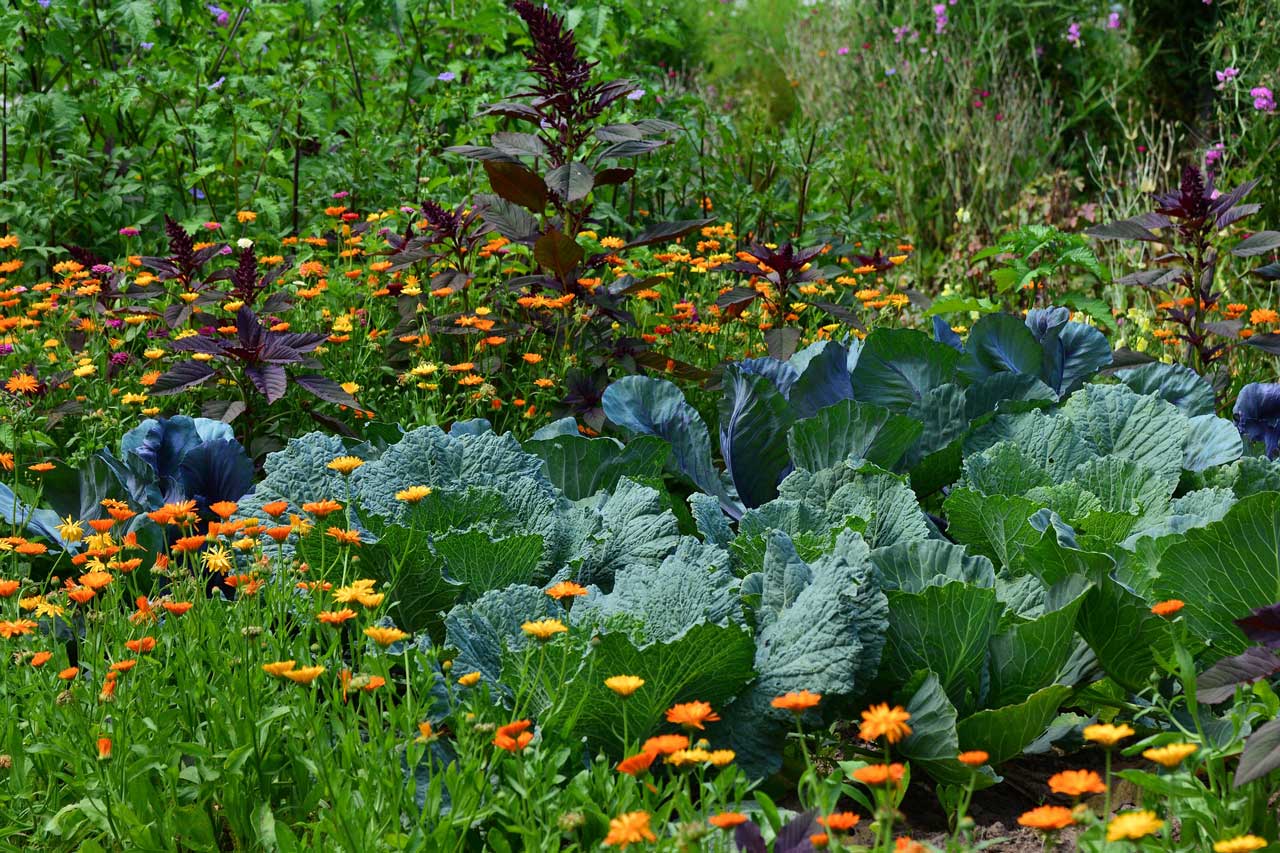
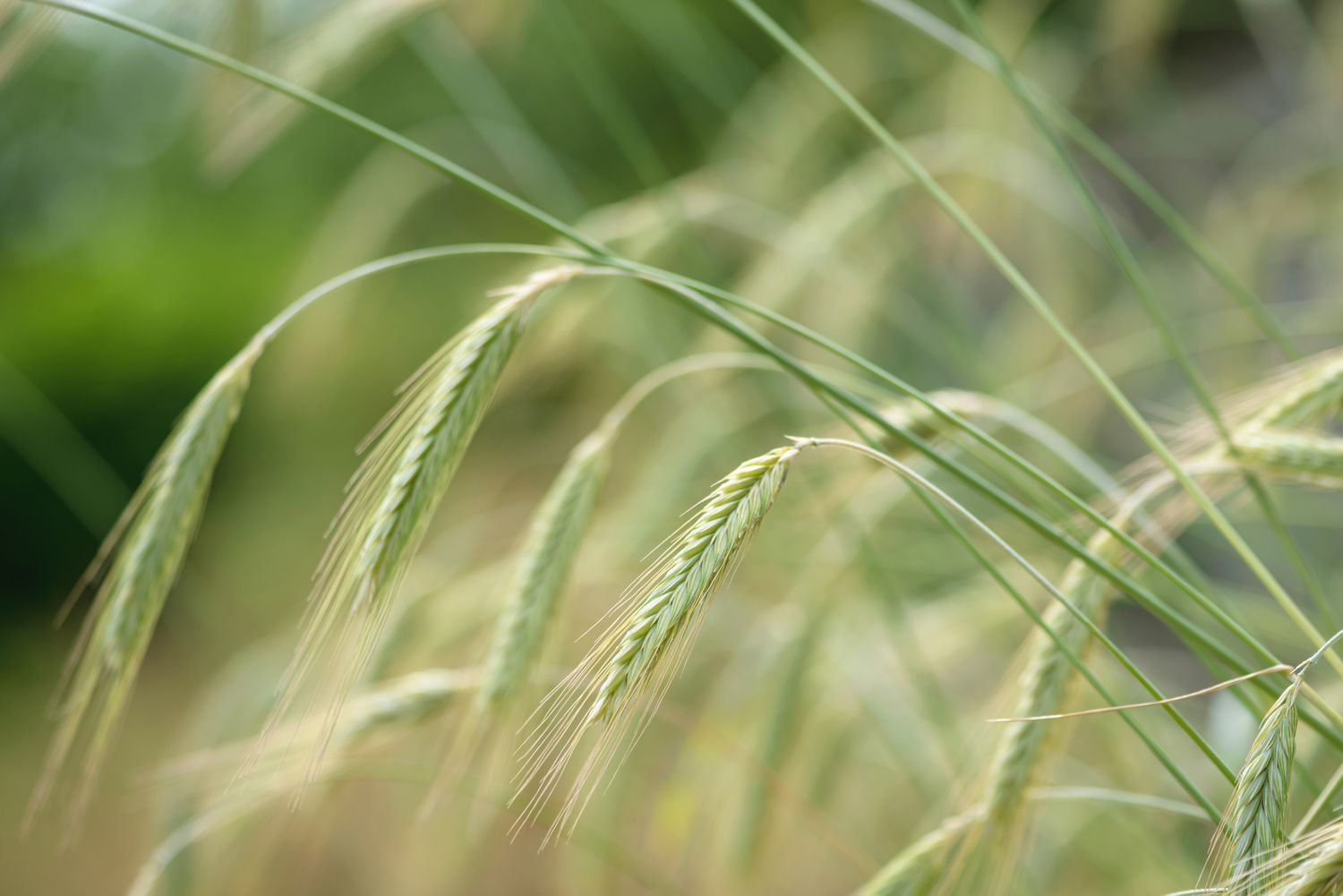
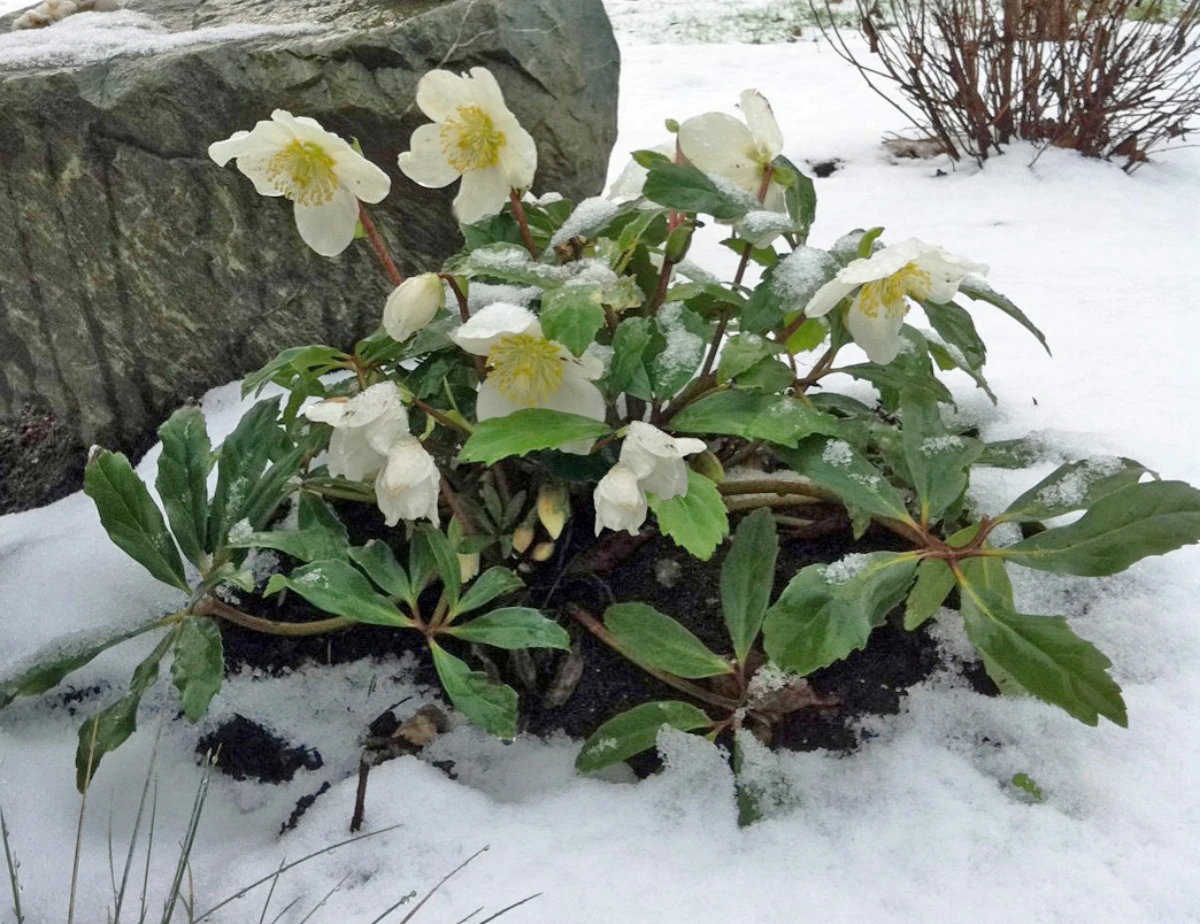
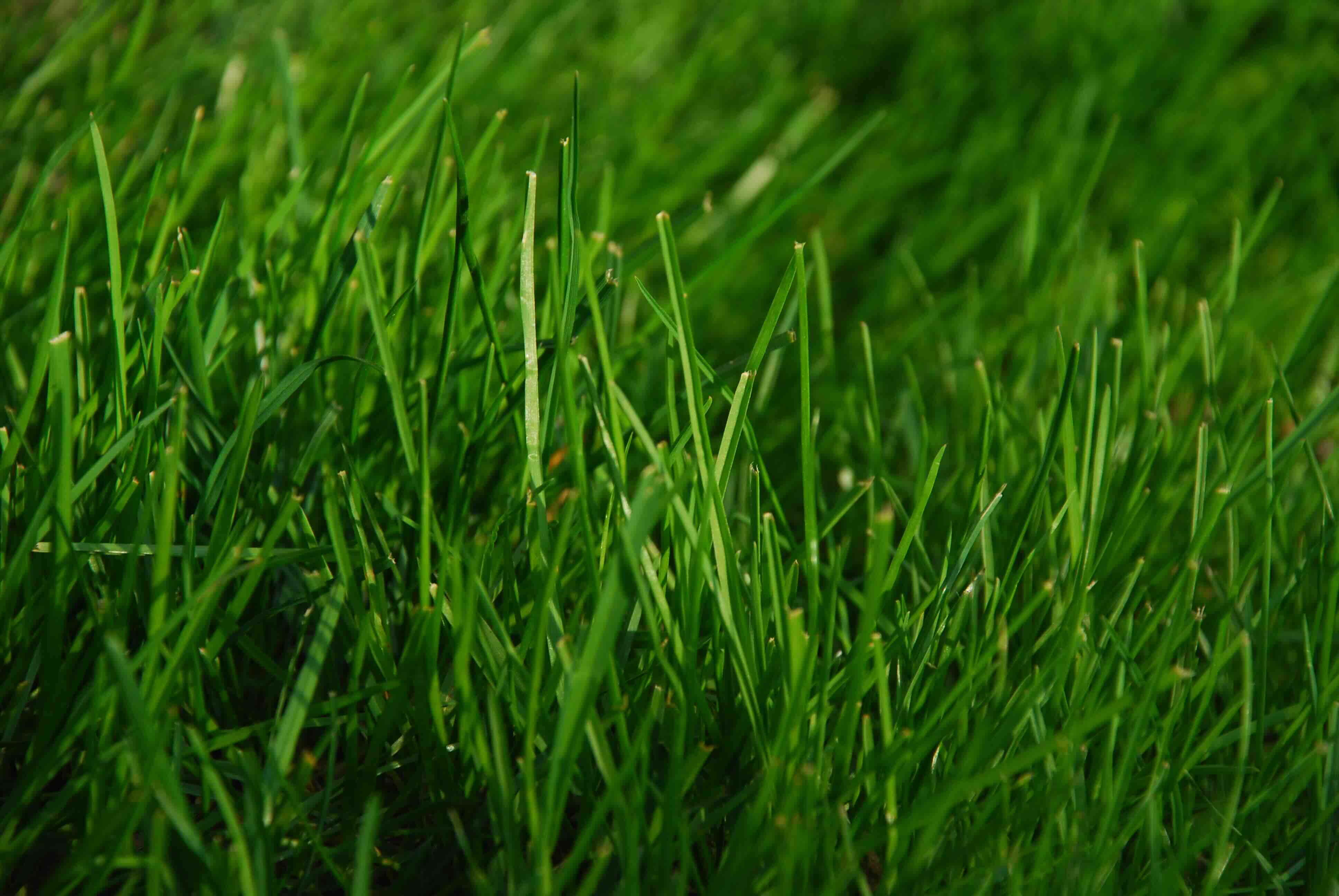
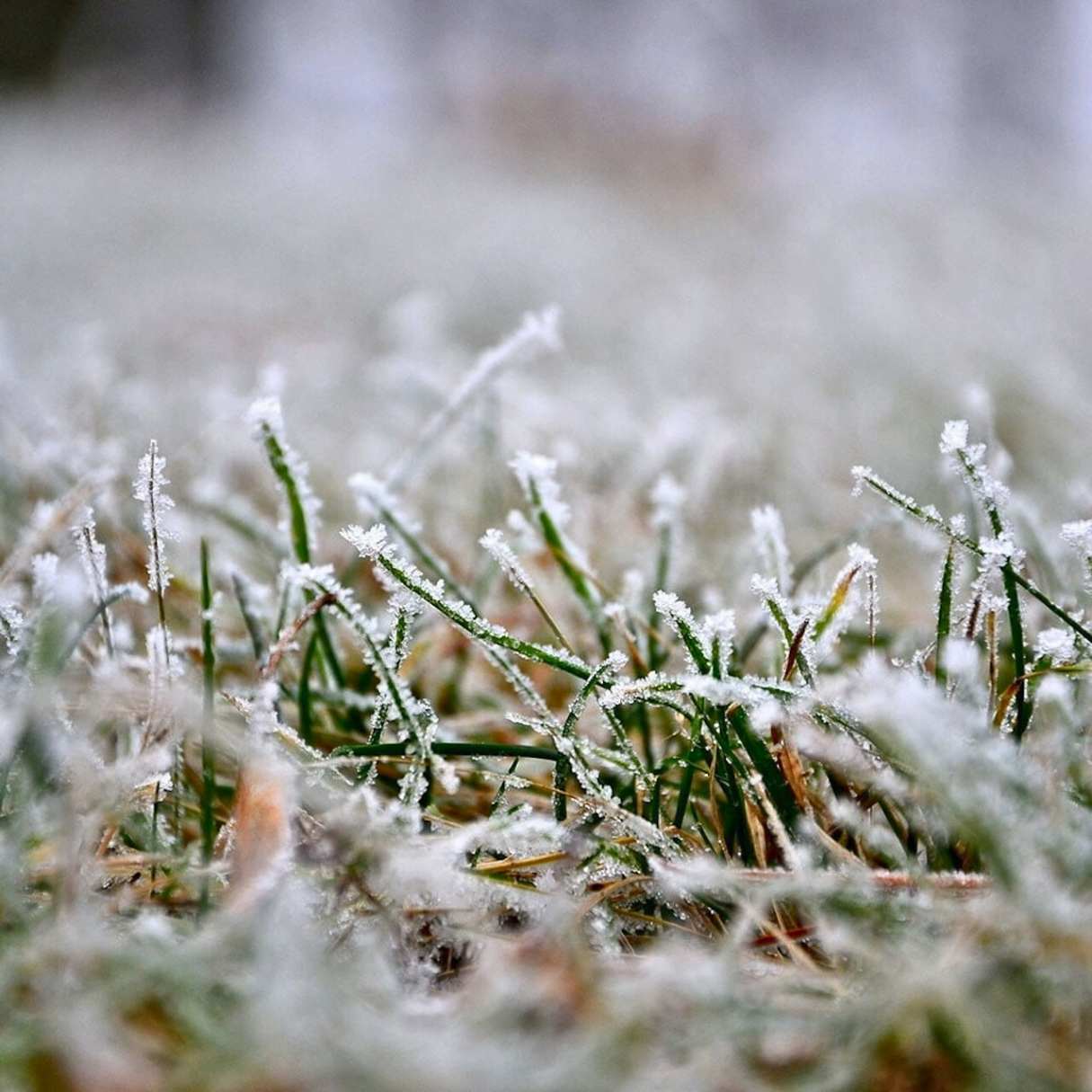
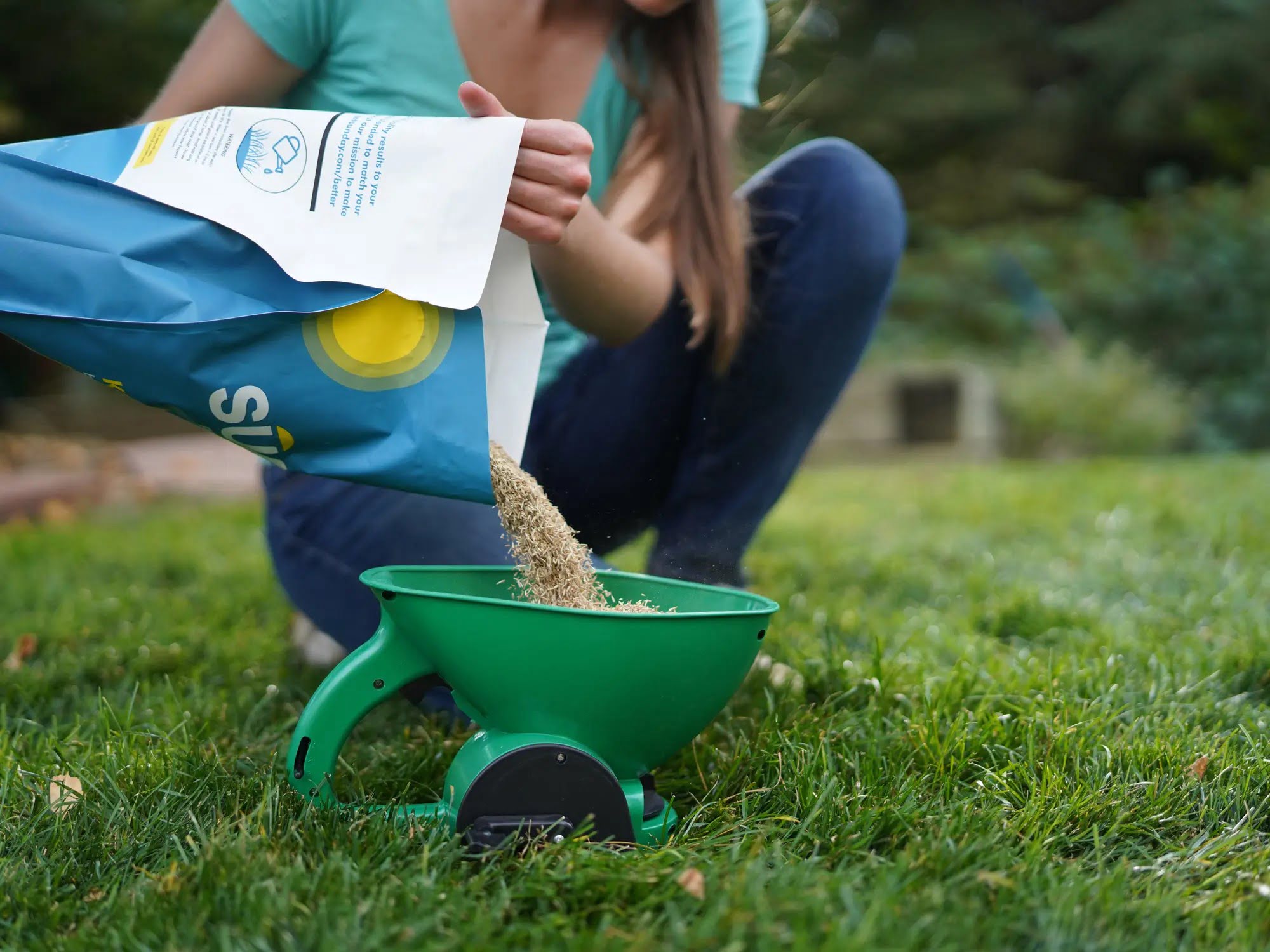
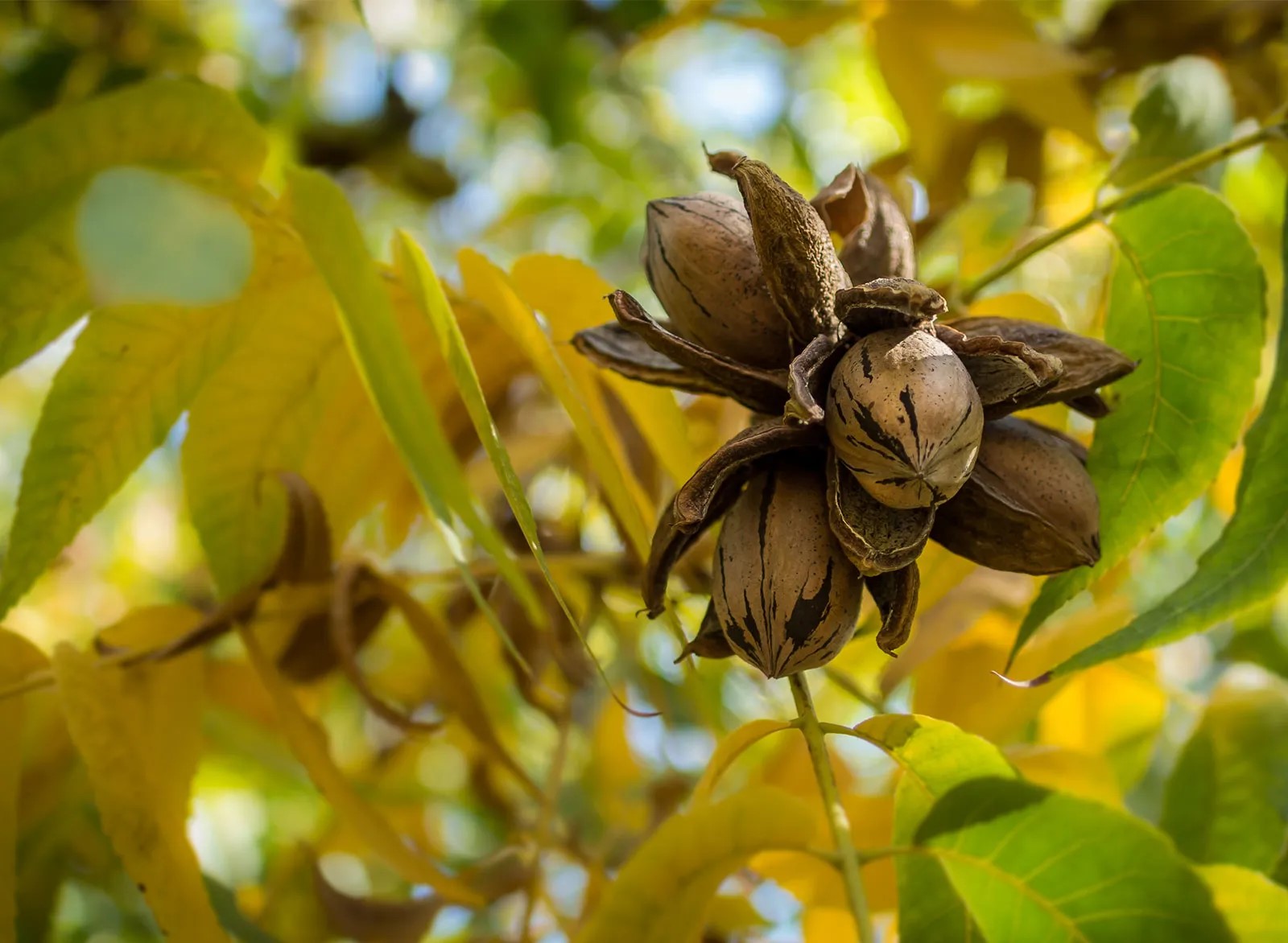

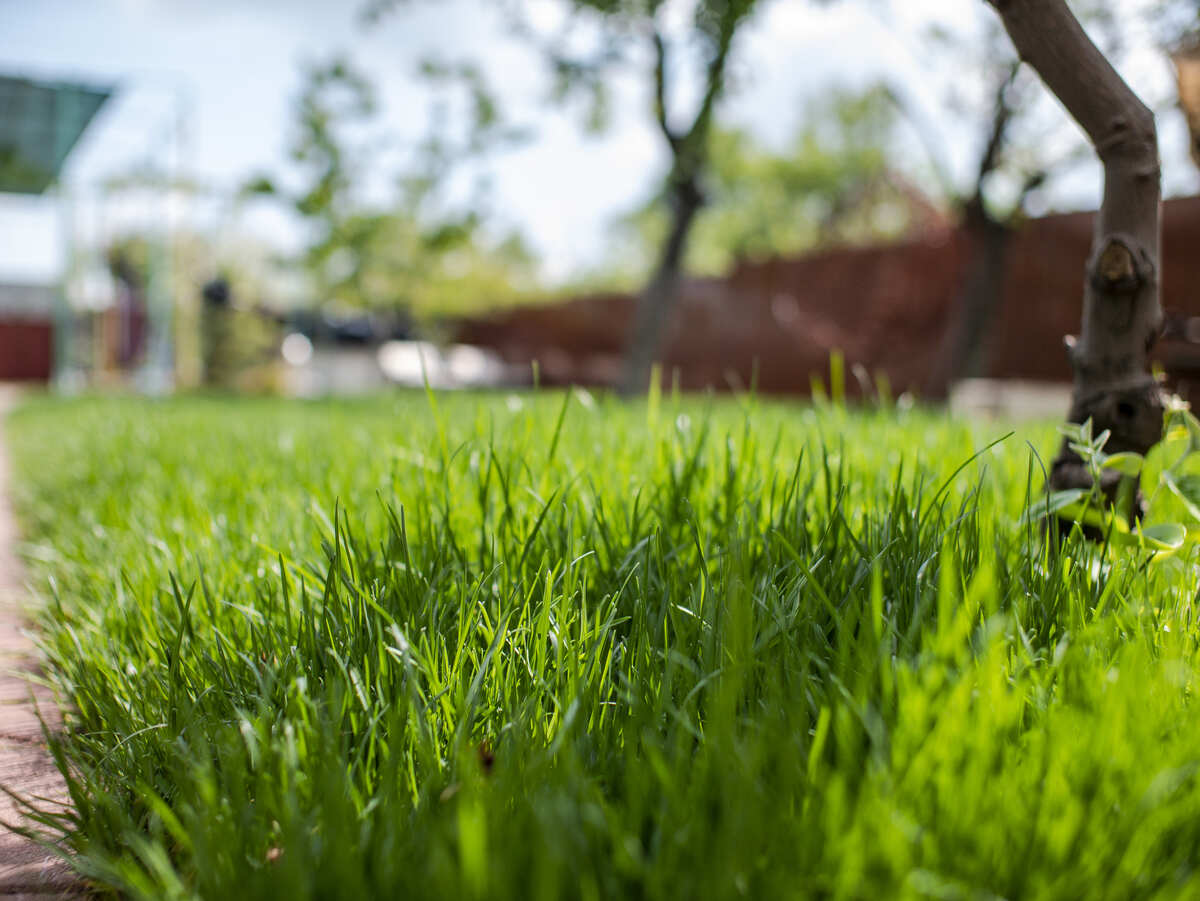

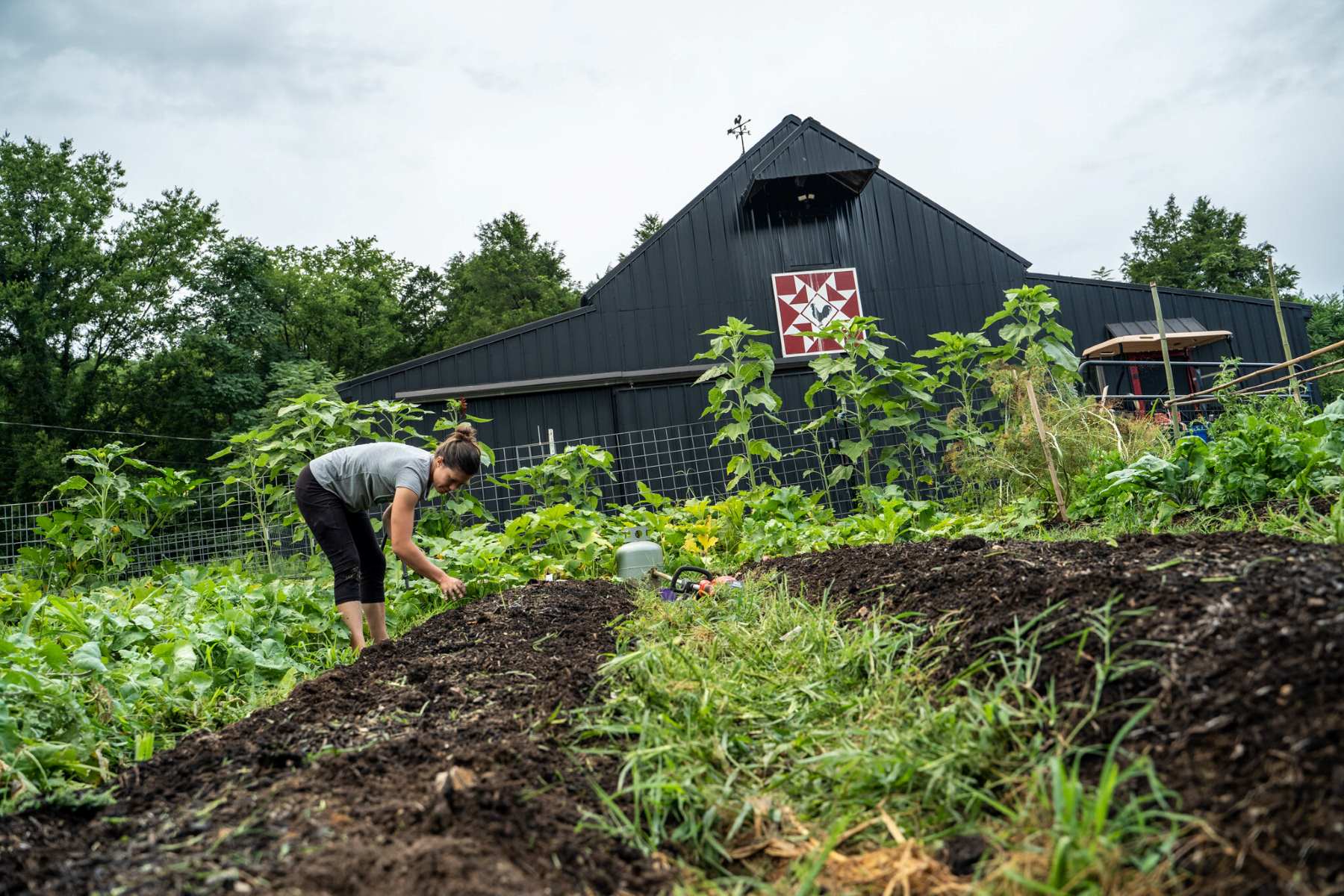
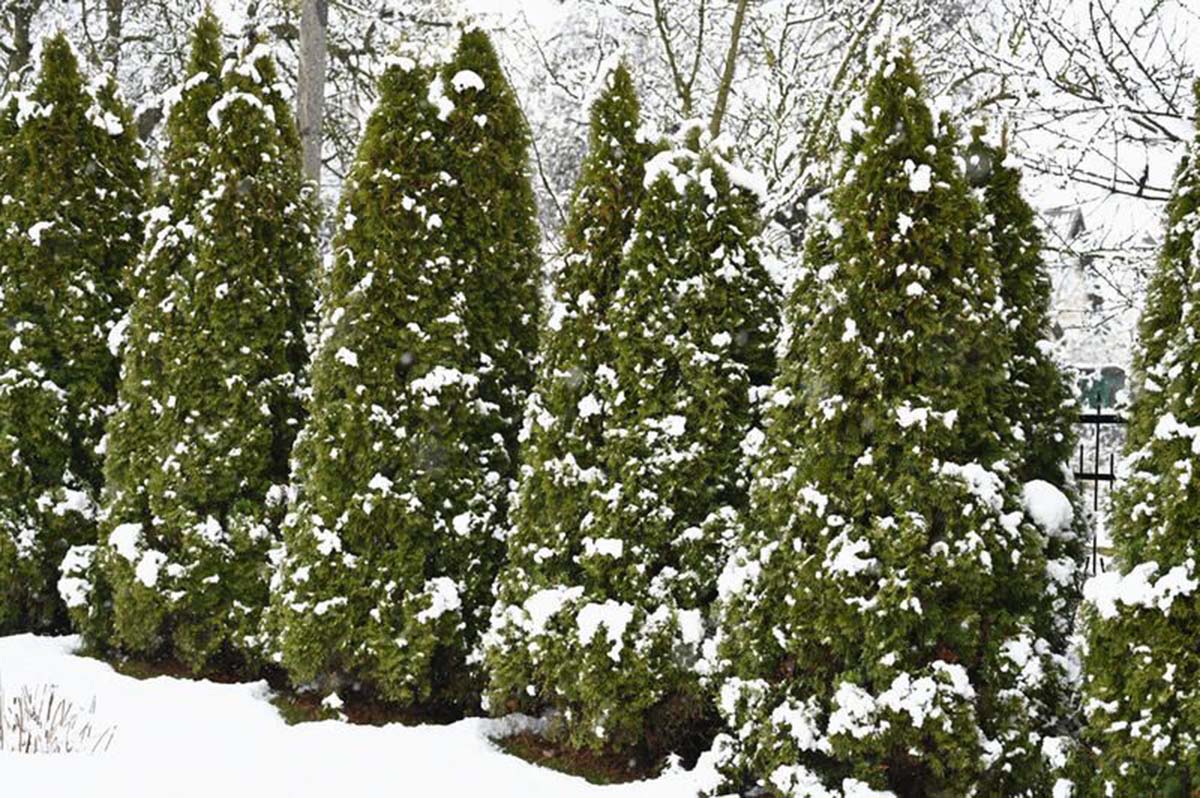

0 thoughts on “What Grass Seed To Plant In Winter”